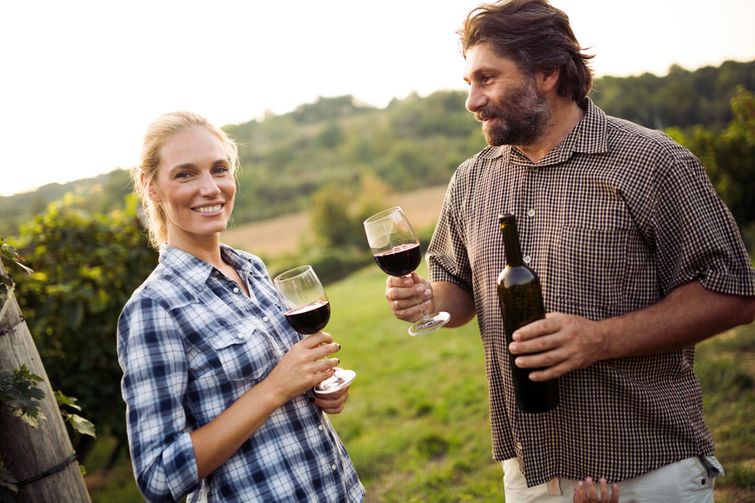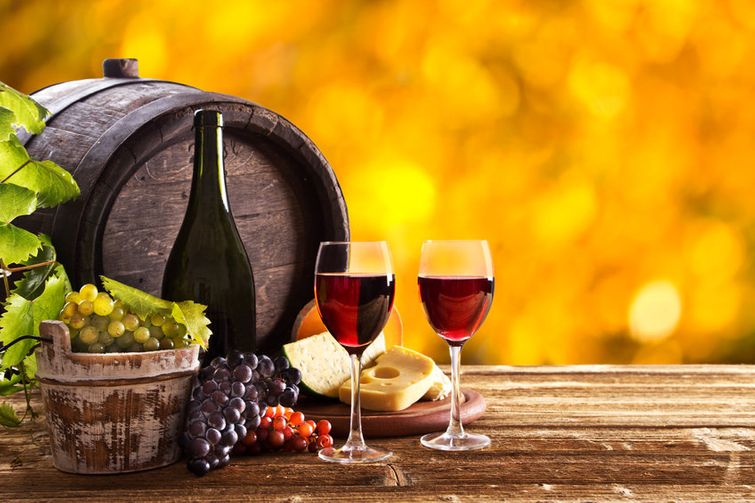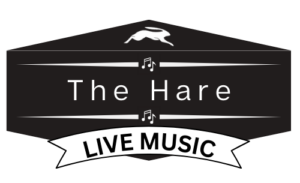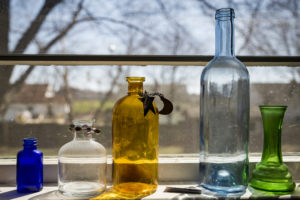The ultimate wine tasting tips for developing your taste buds.
Everyone enjoys a glass of wine from time to time. Whether it’s over a quiet dinner with your significant other or on a night out with friends, we all enjoy trying different wines because each one has its own distinct experience and taste. However, tasting wine is never as simple as merely drinking it. In order to truly appreciate fine wine, you need to train your palate to identify flavours and aromas.
So what is a palate? A palate is essentially a person’s appreciation for taste and flavour, especially when it’s in regards to a sophisticated food or drink. Your palate is composed of a series of taste buds, your tongue, the interior of your mouth and your nose, which is perhaps the most important sensor of all. In order to develop a good wine palate, you need to pay close attention to your senses. This can make a blind tasting of wine all that more fun.
There are many things you can do to improve your tasting skills. Here we’ll be discussing, in particular, tasting notes for wine. Get your notebook ready or save this for future reference because we’ll be going over everything you need to know about drinking wine like a pro!
Perfecting Your Wine Palate 101: 6 Steps On How To Taste Wine
Very few wines tend to appeal to everyone, which makes it essential for individuals to figure out which flavour they prefer. These 6 steps will help you whether you’re attending a local tasting group with friends or visiting your favourite local wine bar for dinner.
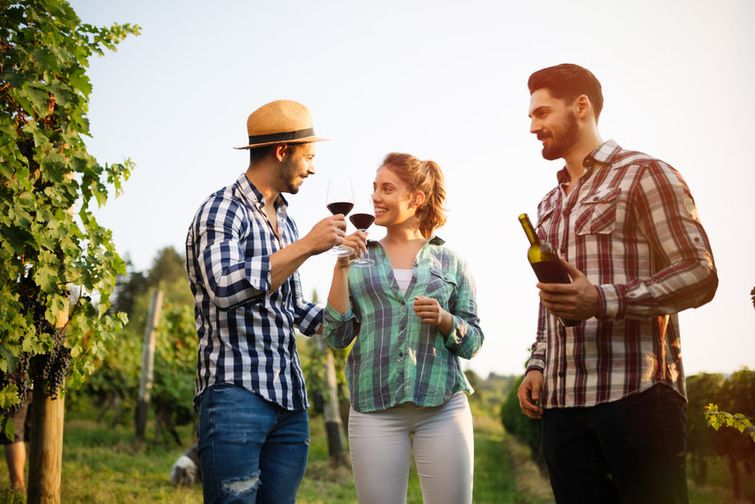
Step 1: Don’t Rush The Experience
Have you ever quickly eaten your favourite chocolate bar, only to realize you never got a chance to appreciate the true flavour? Like dessert, wines should always be consumed with patience and appreciation for taste. Slow savouring is how your senses take over, allowing you to improve your ability to taste wine. Whether it’s red wine, white wine, or rose, you should take the opportunity to determine the nuances of the drink and that will help you better understand what wine ranges you prefer. You’ll begin asking yourself, “Is this going to be a riper wine, a high alcohol wine or one with a sweet citrus quality?”. It’s important to recognize that your brain makes better analytical decisions when it can slow down and not rush through the process.
Step 2: Look & Smell Before You Taste
Although the look of wine is not as important as the smell, both senses play an important role in our perception of wine tastes. For example, your sight helps to determine the difference between white, rose and red wines and your nose is primarily responsible for picking up wine’s flavours. Without the other two senses, your mouth won’t be able to taste anything other than wine texture. Wine aromas fall into the air by swirling wine. To get your wine taste balanced, it is crucial to swirl the substance before doing anything else. When you look and smell wine prior to it touching your lips, it changes how the brain will process the flavour.
Step 3: Visualize & Isolate The Wine’s Primary Aromas
Did you know that your tongue can only differentiate between sweet, salty, sour and bitter? In order to get the full scope of wine’s flavours, one truly needs to start smelling wine. The scent helps us to become invigorated with both primary and secondary aromas, which you’ll soon begin to be able to single out. Many prefer a blind taste because it allows them to identify flavours of fortified wines using their imagination. By visualizing in the mind the types of wine grapes and fresh fruit added to the winemaking techniques, you’re able to isolate flavours such as grape sugar or tropical fruits. When you’ve trained your palate well, you’ll know the type of wine it is as soon as you smell it. For example, pinot noir has an aroma reminiscent of bacon while high acid wines, which include white wine such as pinot grigio or sauvignon blanc, makes wine aromas more floral and sweet.
Step 4: Identify Flavours & Move On
Higher alcohol wines like red wines tend to have a stronger aroma, and this is mostly due to the climate and grape type used to produce the substance. When tasting reds, try not to pay too much attention to the grape sugars retained. Whether it is aging wine or youthful wine, we often get so caught up in the fermentation process, but developing your wine palate requires so much more than that. Once you identify a flavour, ask yourself “what else do I notice about the wines range?”. The nuances, as opposed to the residual sugar, are what make wines unique and distinct.
Step 5: Pay Attention To Wine Textures & Body
Lastly, when you taste wine, you’ll want to be sure to pay attention to the wine’s body and texture. What does this mean exactly? The texture of wines is what gives them body. For example, sweet table wines like rose offer a crispy texture on the tip of the tongue and the roof of the mouth. Grape tannins, which provide wines with a sense of weight and structure, will help you to determine the type of wine it is as well. Be aware of where the grape tannin hits your mouth and the type of feeling you experience.
A Wine Palate Is Not Perfected Overnight
The 6 steps mentioned above are a great way to begin developing your wine palate and tasting abilities. However, don’t be discouraged if this doesn’t occur right away. Sometimes it can take multiple attempts before you’re able to accurately identify flavours and aromas. The good news is, it’s never too late to start!
Visit The Hare Wine Co. For An Exclusive Wine Tasting Experience
Are you interested in developing your palate? The Hare Wine Co. is a great place to get started. We offer tasting options, as well as private patio events that offer the opportunity to wander the grounds of our stunning Niagara-on-the-Lake vineyards. Our club members enjoy a marvellous atmosphere, as well as the opportunity to book a full wine and charcuterie pairing.

